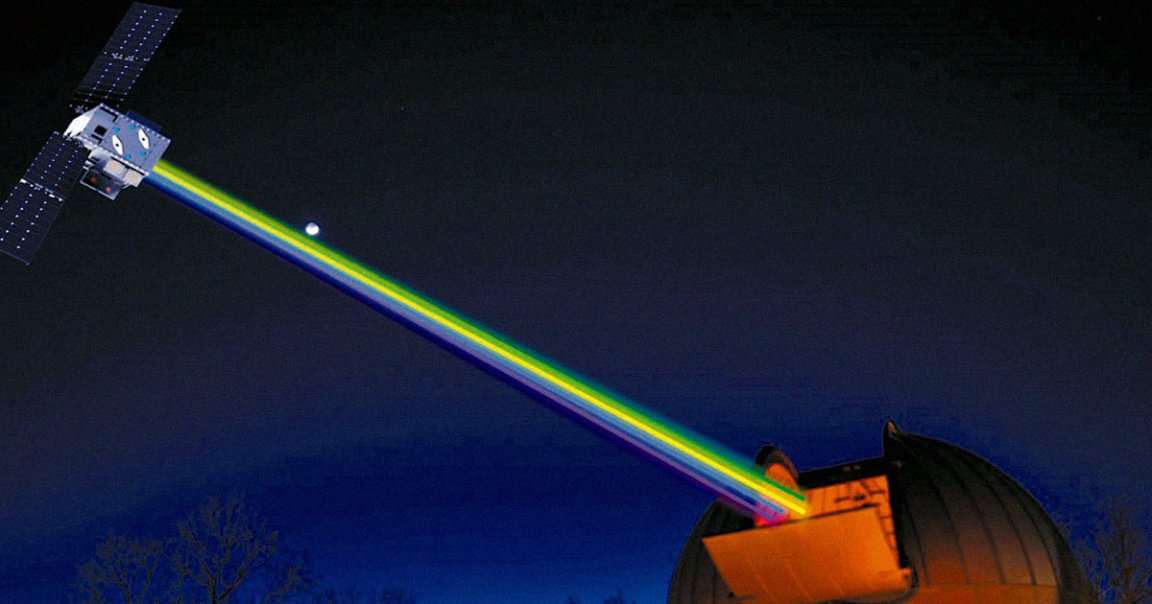
Simulated Star
NASA is planning to launch an unusual payload, roughly the size of a toaster and outfitted with eight lasers.
Its job is to imitate stars and other celestial objects like supernovas, Live Science reports, by beaming lasers straight into their instruments back on the surface.
The false star is part of the space agency’s $19.5 million mission dubbed Landolt, and is designed to allow scientists to get more accurate measurements of real stars. Researchers suggest it could even help study dark energy, the mysterious hypothetical form of energy that’s been used to explain why the universe is expanding at an accelerating rate.
“Even with today’s modern instruments, measurements of the true brightness of stars have only been known to a few percent,” said NASA Exoplanet Science Institute deputy director and Caltech astronomer David Ciardi in a statement. “Landolt will enable an improvement in those measurements by more than a factor of ten.”
“Understanding the true brightness of stars allows us to understand the stars better, and, perhaps more importantly, understand the planets that orbit the stars better,” he added.
Sky Pixel
The mission was named after astronomer Alro Landolt, who created widely used catalogs of stellar brightness since 1973 and passed away in 2022.
“His last name is famous in the whole astronomy community,” University of Hawaii associate astronomer and professor Daniel Huber told Voice of America. “The Landolt standard star… everyone knows what that is.”
The team will compare the known brightness of the artificial star to its much more distant counterparts to create new stellar brightness catalogs. While it may not be bright enough to be visible to the naked eye, it can be seen through a telescope.
By studying the brightness of distant stars, researchers are also hoping to study the rate of the expansion of the universe, which could shed light on dark energy, one of the biggest mysteries facing astronomy today.
The spacecraft is set to launch sometime in 2029 and will orbit the planet at a synchronous orbit of 22,236 miles to remain stationary over a single point on Earth.
To University of Florida assistant professor of astronomy and mission member Jamie Tayar, “what we’re trying to do here is really fundamental.”
“The goal is to be able to figure out, for other planets orbiting other stars, whether they too could have oceans where life could presumably arise and live,” she said in a statement. “For each star, you need to know exactly how much energy is coming from the star, and exactly how far away the planet is, and so on.”
More on star brightness: Astronomers Puzzled by Galaxy With No Stars